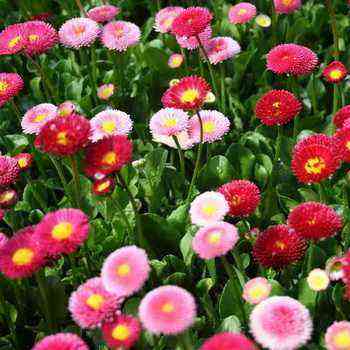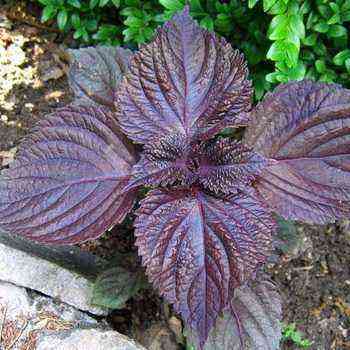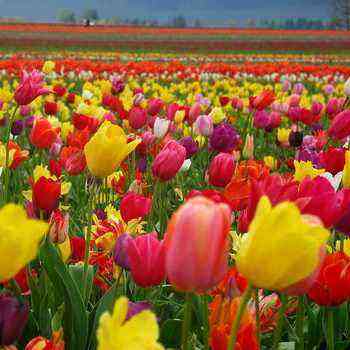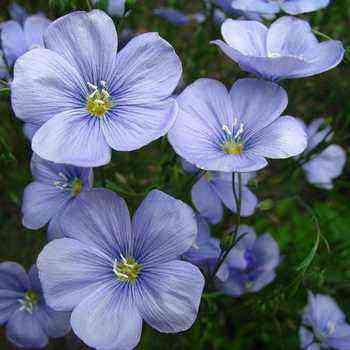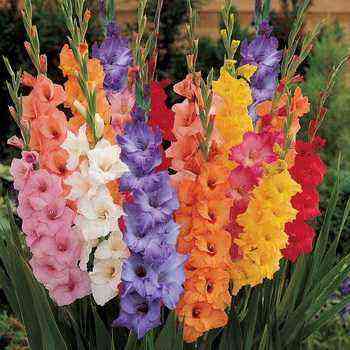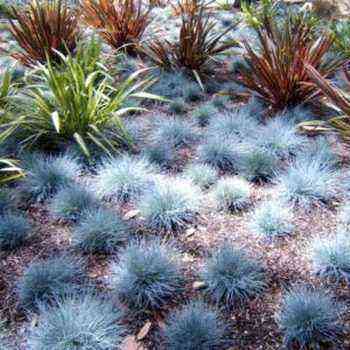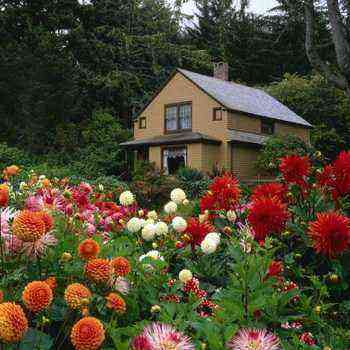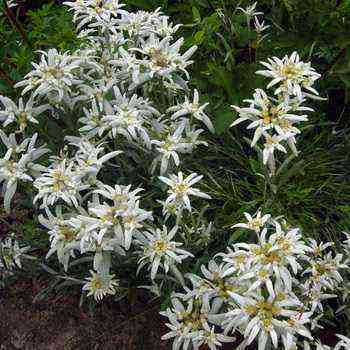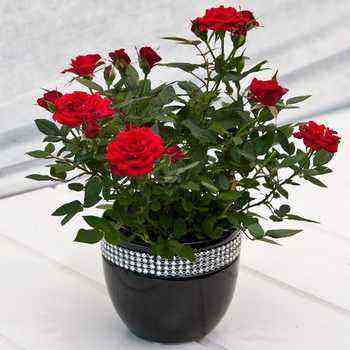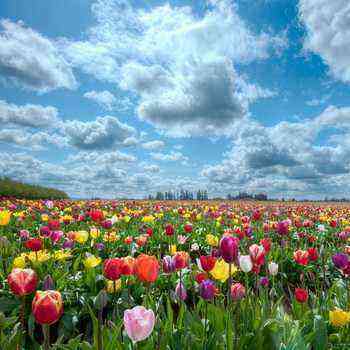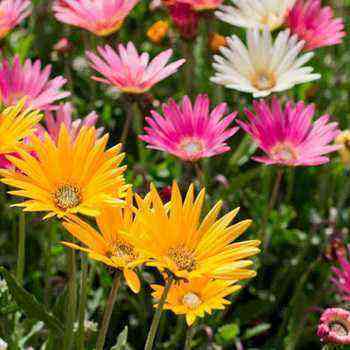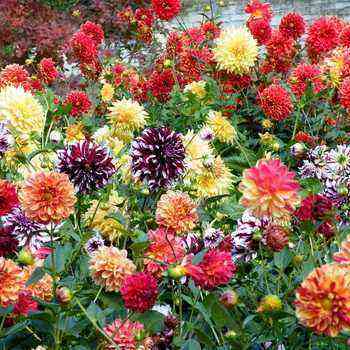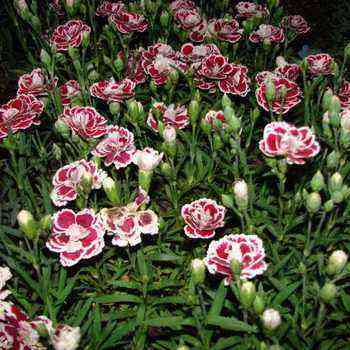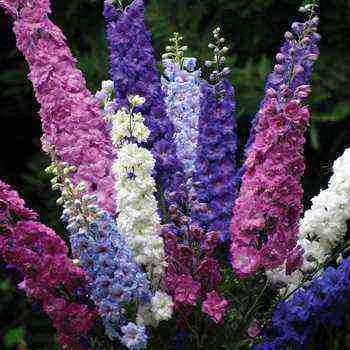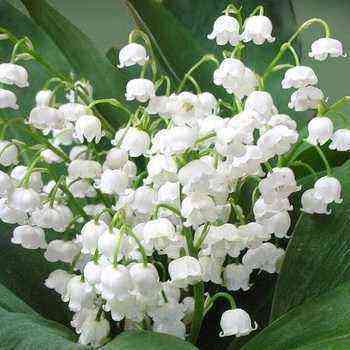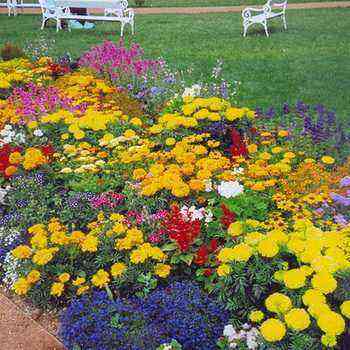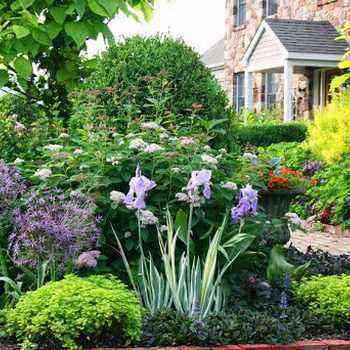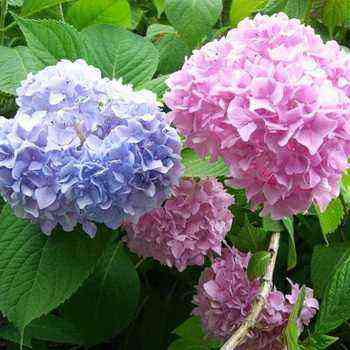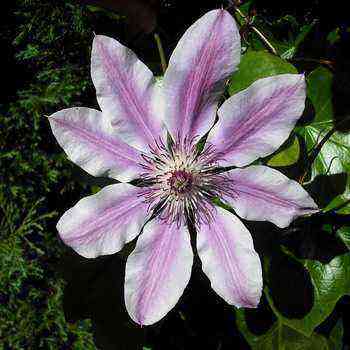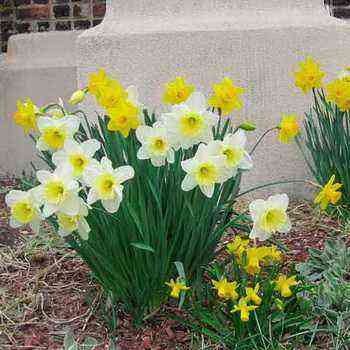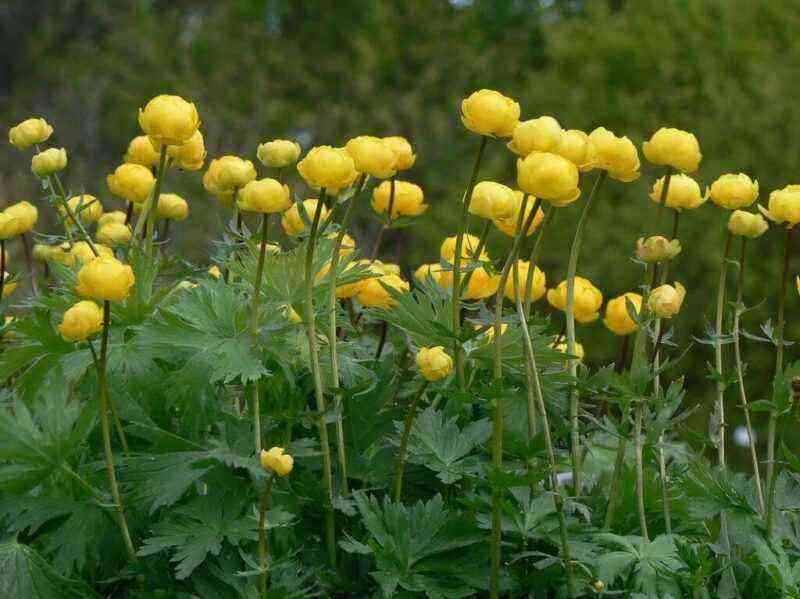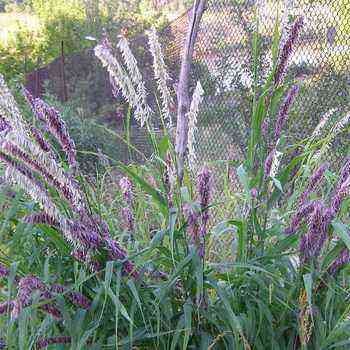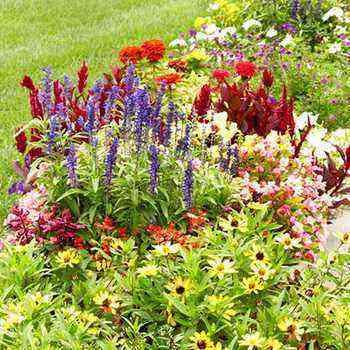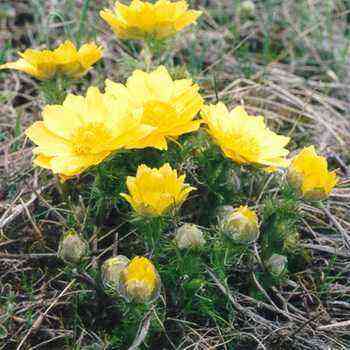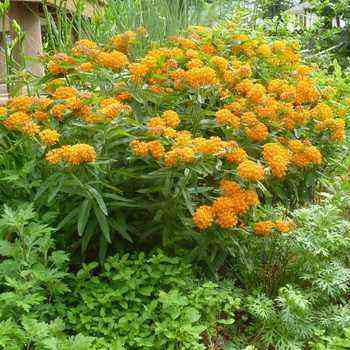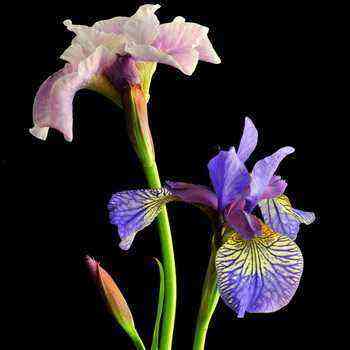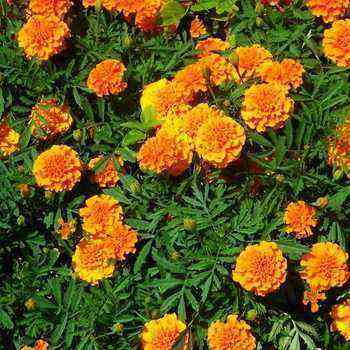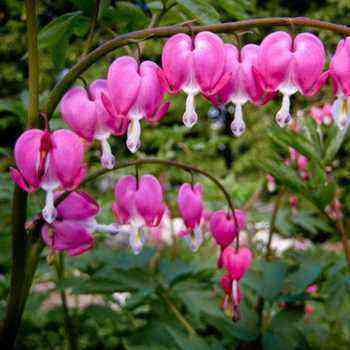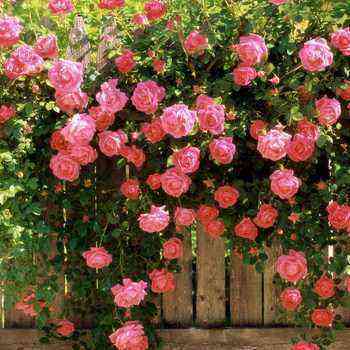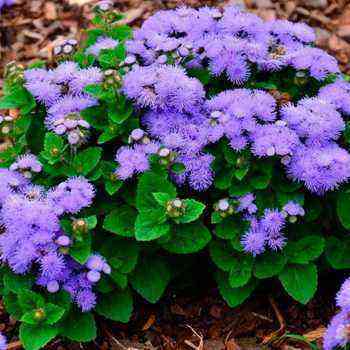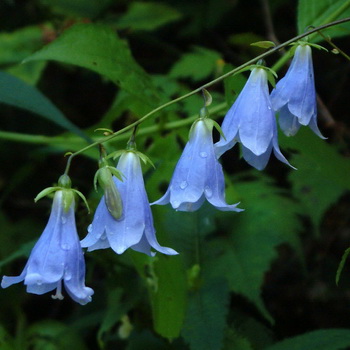 Flower bell (CAMPANULA) belongs to the bellflower family. These flowers are very popular in summer cottage gardening, however, they require compliance with a number of conditions when growing. The name of the plant comes from the Latin word “campana”, which means “bell” and is explained by the shape of the corolla. The people call the flower a birdwort, chebotka, bell or chenille.
Flower bell (CAMPANULA) belongs to the bellflower family. These flowers are very popular in summer cottage gardening, however, they require compliance with a number of conditions when growing. The name of the plant comes from the Latin word “campana”, which means “bell” and is explained by the shape of the corolla. The people call the flower a birdwort, chebotka, bell or chenille.
These flowering plants have been grown in gardens for hundreds of years. They are loved all over the world, including due to their species diversity. So, botanists have about 300 species of bell flowers, and 100 of them are cultivated.
In appearance, all types and varieties of bells can be divided into two groups: tall, mainly associated with their origin with meadows and forest glades, and undersized – plants of rocks and talus. But they all bloom profusely from June to August, bear fruit well.
Types and varieties of garden flowers bells (with photo)
Tall varieties of garden bells include plants that form bushes above 40 cm:
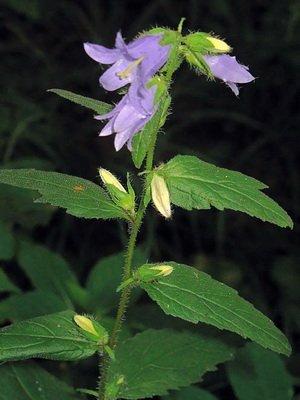
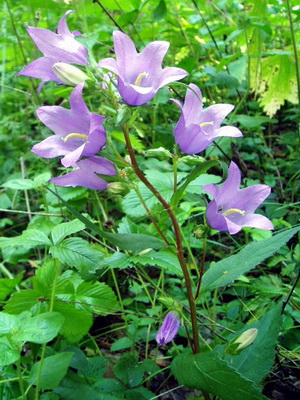
Bluebell bell (C. trachelium) – height 40-80 cm, flowers are white, blue-violet, collected in a brush, plants of deciduous forests of Eurasia.
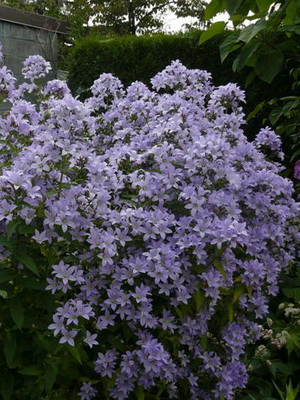
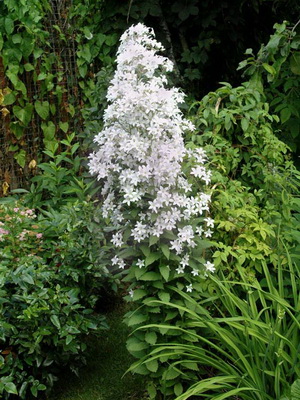
Bellflower Milkflower (C. lactiflora) – height 80-120 cm, flowers are white, lilac, purple, collected in a wide-pyramidal inflorescence, numbering up to 100 flowers, plants of the subalpine meadows of the Caucasus.
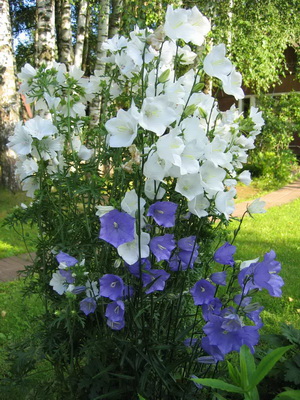

Peach-leaved bell (C. persicifolia) – height 70-90 cm, flowers are broadly bell-shaped , white, blue, sometimes double, collected in a rare brush, grows on sandy soils in pine forests of Eurasia, juvenile.
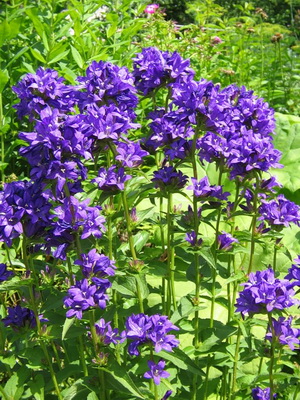
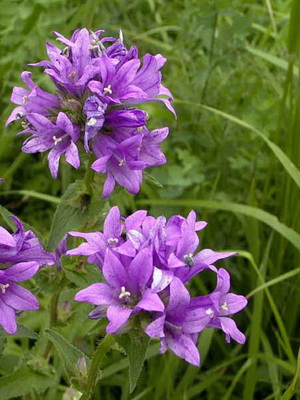
The bell is boring (C. glomerata) – has the shape of tall (up to 100 cm) and undersized (20-30 cm), flowers are white, blue or dark purple, collected in a multi-tiered inflorescence. Widespread in meadows, forest glades and in the steppes of Eurasia, undemanding in culture.

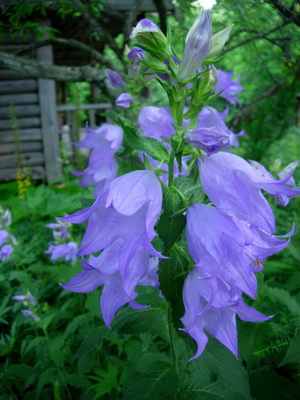
Bellflower broadleaf (C. latifolia) – height 100-150 cm, flowers are large (up to 6 cm long) in a long inflorescence-brush, grows in the alpine meadows of the Caucasus, Altai, Europe.
As you can see in the photo, bell flowers can have double inflorescences of white, blue, lilac:
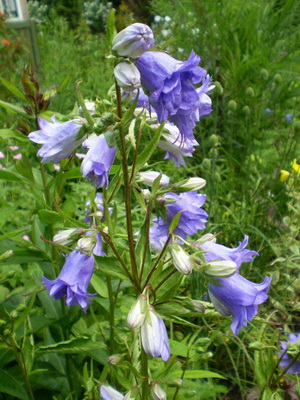
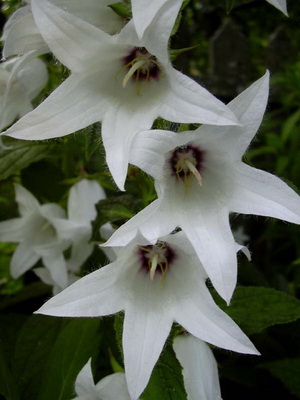

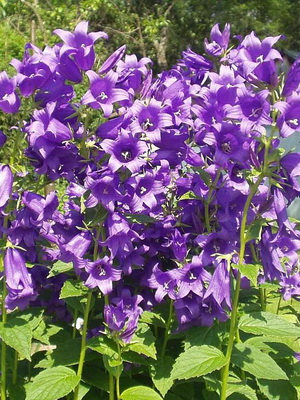
Low-growing varieties:
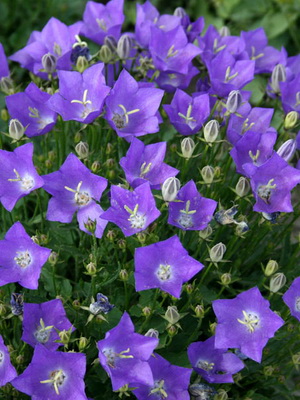
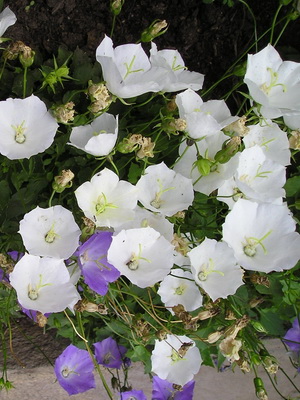
Carpathian (C. carpatica) – white and blue flowers.

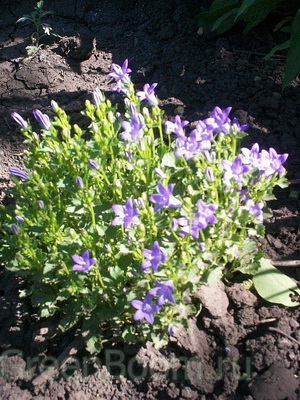
Gargan (C. garganica) – 10-15 cm tall, grows compact “pillows”, the flowers are star-shaped, gray-blue, a plant of the limestone rocks of the Mediterranean.

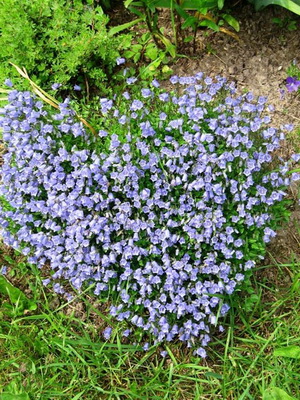
False-leaved (C. cochleariifolia = C. pusilla) – forms creeping thickets 5-12 cm high, flowers are small, drooping, in a loose inflorescence, white or violet-blue, grows on the calcareous rocks of Europe.
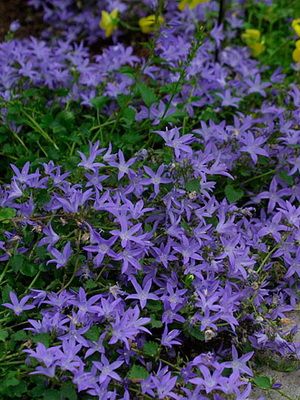
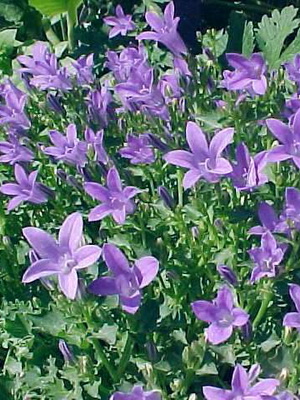
Pozharsky’s bell (C. poscharskyana) – forms cushion-shaped bushes 15-20 cm high, flowers are wide-open, star-shaped, lavender, grows on limestone rocks of southern Europe.
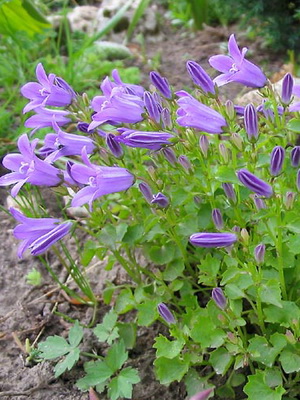
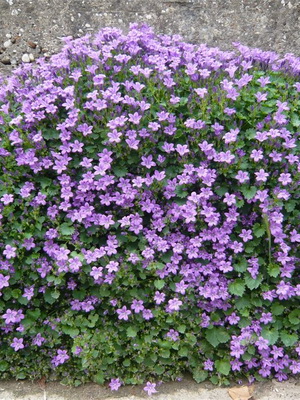
Bell of Portenschlag (C. portenschlagiana) – a low (5-10 cm) bush with bluish-purple bells, a plant of the rocks of Europe.
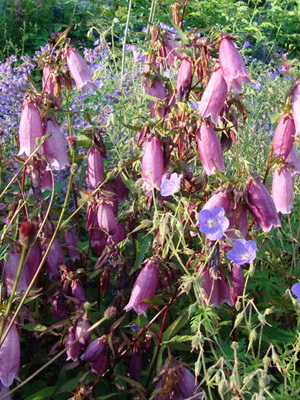
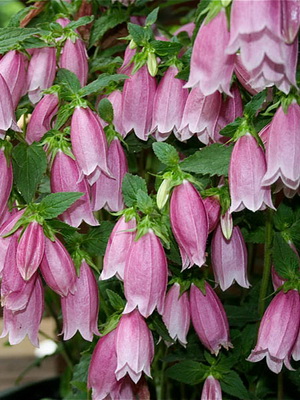
Spotted bell (C. punctata) – 20-25 cm high, bushes with a rare brush of pink flowers with dark dots inside, grows in sparse mountain forests of the Far East.
Planting, caring for and breeding bells
All tall bells prefer sunny (but can grow in partial shade) areas with fertile garden soils with moderate moisture. When growing flowers of low-growing bluebells (except for dotted ones), you need to create conditions for them with an abundance of heat and light, to provide well-drained, stony (preferably calcareous) soils. With an excess of moisture, the plants vomit and fall out.
Bells are propagated by seeds (sowing in spring) or by dividing the bush (in spring and late summer) and basal cuttings (young shoots in May). Stocking density: high – 5 pcs. per 1 m2, low – 12 pcs.
For planting and caring for tall varieties of bells, choose mixed flower beds or mixborders. Many plants are suitable for cutting. Low-growing types of flowers are a great decoration for sunny rockeries. Excellent plants for the border – crowded and Carpathian bells.

